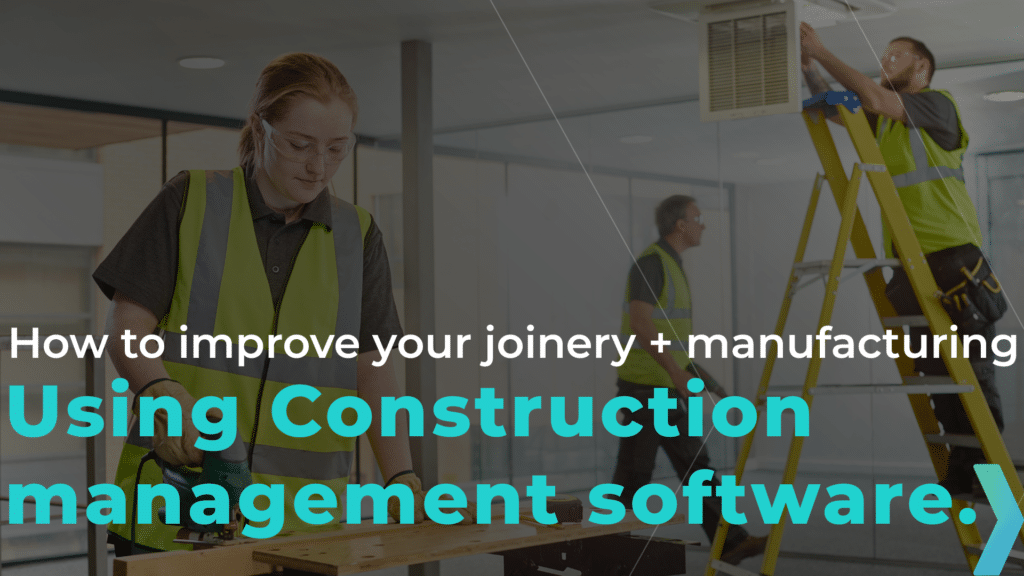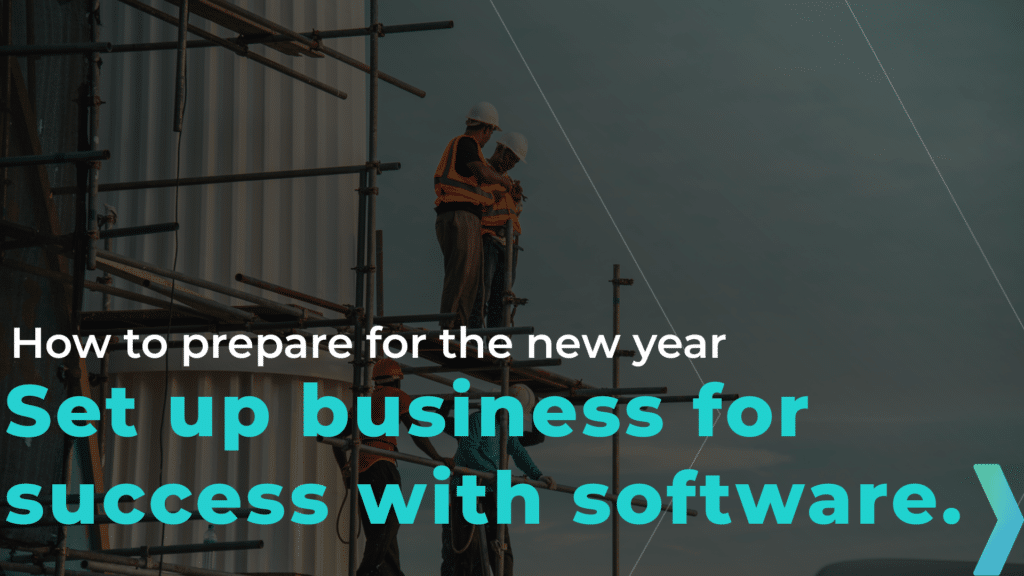5 signs you’re outgrowing your current system
As a small to medium sized business it can be tricky managing your company’s growth. You want to expand your operations without suffering in other areas of your business. Your current system might’ve worked successfully for years but increasing workloads can quickly put a strain on things. The key is to look for early warning signs and upgrade to a better system before your critical processes start breaking down. Here are our top 5 warning signs you’re outgrowing your system.
1. Your process is full of improvisations and workarounds.
Whenever you have a system or process in place that doesn’t do what it needs to, people will find a way to workaround it and resolve the problem. Over time, these makeshift solutions become part of your actual process – regardless of their inefficiencies. If your business runs off multiple spreadsheets, with critical information stored all over the place, you can probably blame your underperforming system.
What happens when your existing solution can’t support the evolving needs of your business? You’ll end up with cobbled-together systems and processes that control important parts of your operations. If you don’t have a flexible, scalable system in place, these processes will start breaking down and potentially cripple your business. Scalable systems – that can adapt to the regular upturns and downturns in business – are the only viable solution.
2. You have multiple, disconnected systems.
As your business grew you probably invested in some tools to help manage your operations. Maybe an accounting package, estimating program or simple project management solution for your construction team. While these systems work great individually, none of them actually talk to each other.
When all your critical information is stored in separate silos it’s easy to miss critical details, blow budgets and timelines, and inevitably, let down your clients. Your team has to manually transfer information from one program to another – wasting time and opening the door to errors. When that happens your systems have already started to crack. What’s needed is a flexible core system that can streamline your operations and integrate all your business’ necessary functions in one place. You’ll still get all the advantages of your individual systems, but in one unified place.
3. Your operational success is affected by slow decision-making and lack of data.
How quickly can you spot potential problems or fix issues? Does your current system have the reporting tools you need to make fast, informed decisions? Do you only know if a project’s made money when it’s finished? Can you easily see your resource capacity?
In order to make good decisions, forecast trends and identify patterns you need to be able to collect data from all parts of your business. If your data is saved across multiple systems, in various locations, the odds of gaining any valuable insights are low. Without an integrated, streamlined system in place, it’s virtually impossible to act quickly enough to fix problems or avert risk. In this fast-paced day and age, a system that can capture real-time, company-wide data, is a must-have.
4. Admin takes up too much valuable time.
If you and your team are bogged down with daily administrative tasks you need to consider making a change. The right systems and processes should help drive efficiencies across all parts of your business and reduce manual labour. That means streamlining and automating as many processes as possible to minimise touch points and save resources.
The benefits to your business are exponential:
improved productivity because there’s less manual work to do and no need for data re-entry
better operational performance because data can be shared more quickly and openly
improved cash flow because the billing process is quicker and simpler
better client relationships when your projects come in on-time.
With efficient systems and processes in place you’ll have more time to focus on the important aspects of your business. Such as winning more work and delivering high-quality projects.
5. Your system is slow and doesn’t perform how it used to.
Do you spend more time waiting for your system to load than you spend using the information you’re trying to extract? If you’ve noticed your system slowing down or regularly crashing it’s a pretty good indication you’ve outgrown it. If you leave things as they are, and continue adding more and more data, your system will just keep getting worse. It’s exasperating but it’s also damaging to your business. As soon as you notice your system is slowing down or poorly performing, it’s time to start looking to upgrade.
Upgrading to a better system.
If you’ve experienced any of the warning signs above it’s time to think about upgrading your current system. Yes, there are costs associated with implementing a new system. However, there are also costs in continuing to run an underperforming, inefficient system, that your business has outgrown.
Looking for a new system can be stressful and overwhelming – particularly with so many solutions on the market. Get in touch with our local team on 1300 942 399 or Request a Demo to have an open and honest conversation about how we could help you.


